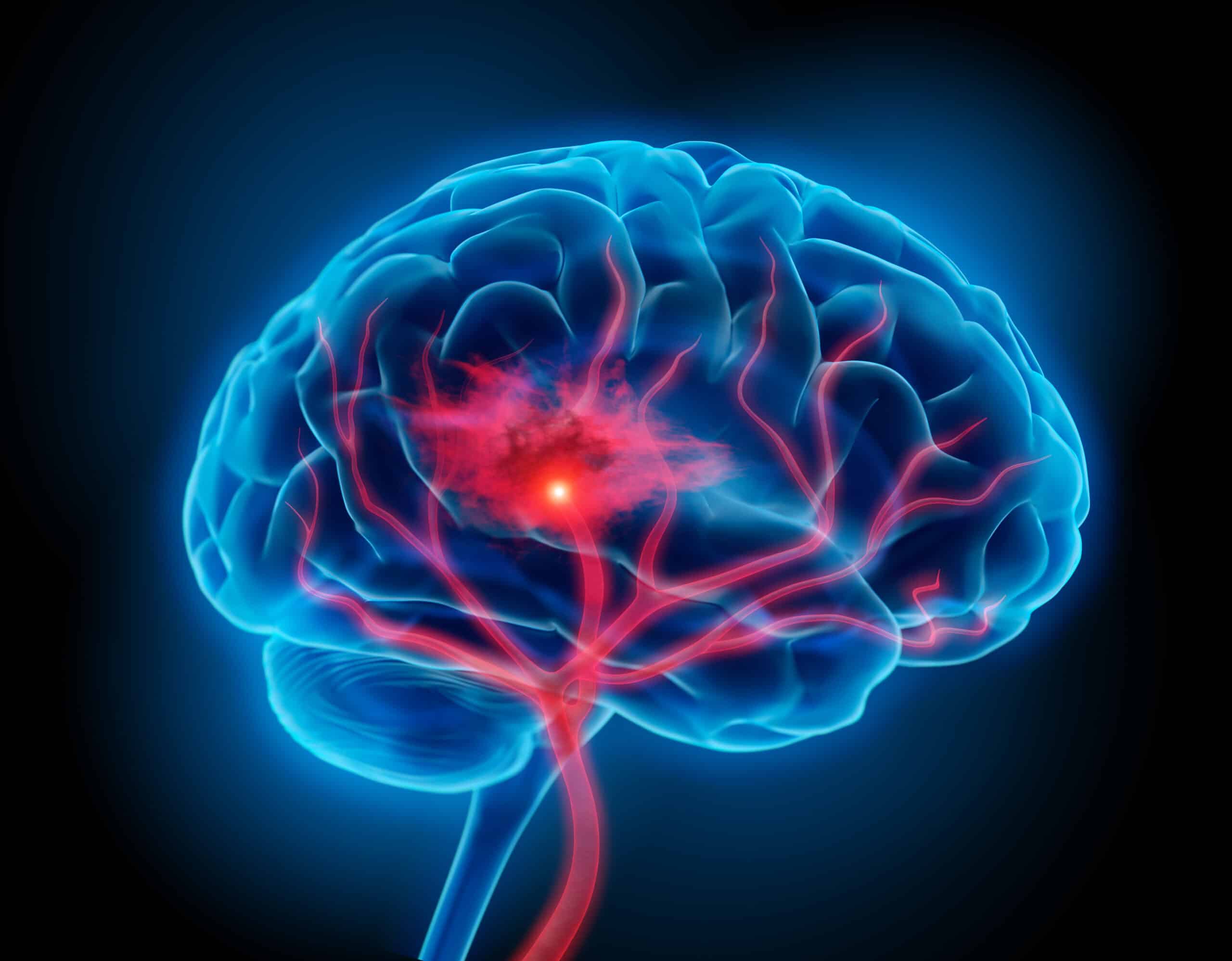Stroke is a leading cause of long-term disability, in America alone an estimated 800,000 people suffer strokes every year. Most people will survive the acute phase, but persistent neurological issues resulting from the stroke will most likely jeopardize the survivors’ quality of life as well as productivity. Approximately 50% of stroke survivors will continue to exhibit disability severities that require assistance with their day-to-day lives and activity.
In the EDEN Trial (Electrical Stimulation of the Dentate Nucleus for Upper Extremity Hemiparesis Due to Ischemic Stroke Trial) 9 out of 12 participants demonstrated improvements in both motor impairment and function, and those with at least minimal preservation of distal motor function at enrollment were found to have almost tripled their initial scores according to the researchers.
“These are reassuring for patients as the participants in the study had been disabled for more than a year and, in some cases, three years after stroke. This gives us a potential opportunity for much needed improvements in rehabilitation in the chronic phases of stroke recovery,” said principal investigator Dr. Machado, chair of Cleveland Clinic’s Neurological Institute. “The quality-of-life implications for study participants who responded to therapy have been significant.”
“We saw patients in the study regain levels of function and independence they did not have before enrolling in the research,” Dr. Machado said. “This was a smaller study and we look forward to expanding as we have begun the next phase.”
This study included 12 patients with chronic, moderate to severe hemiparesis of the upper extremities as a result of a unilateral middle cerebral artery stroke within 12-36 months before enrolling in the trial. Participants underwent DBS surgery to implant electrodes in their cerebellum which were used to deliver small electric pulses to promote the recovery of control of their movements once connected to a small pacemaker-like device.
Following discharge and surgery recovery participants completed physical therapy beginning at first with the DBS devices off for several weeks, and then with the device turned on for 4-8 months. The most significant improvements were observed after turning on the DBS device, according to the researchers. No major complications were reported during the study, and the majority of the participants improved to a degree that is considered to be meaningful in rehabilitation.
“The safety and feasibility data from this early study combined with the potential symptom improvements certainly support the need for additional, larger trials to see if cerebellar DBS is indeed a potential treatment for post-stroke motor impairment,” said Brooks Gross, Ph.D., program director, National Institute of Neurological Disorders and Stroke.
Dr. Machado, who patented this innovative DBS method for stroke recovery believes this treatment could have a consistently high rate of success for stroke survivors. Although these initial results are promising he indicates that more extensive research is required.
“There are currently no effective methods to improve the outcomes of physical rehabilitation for the hundreds of thousands of stroke survivors,” said co-principal investigator Dr. Baker, Cleveland Clinic Lerner Research Institute. “The results of the study found that deep brain stimulation, paired with physical therapy, improved movement in patients who were more than a year out from their stroke and whose motor improvements had largely plateaued. This tells us the research warrants further investigation in larger patient samples.”
Accompanying videos:




